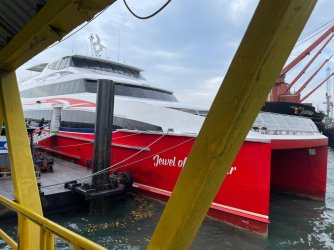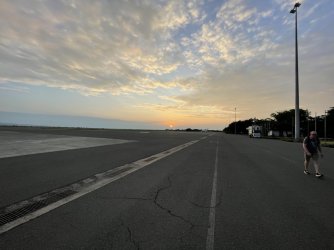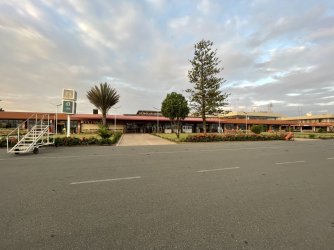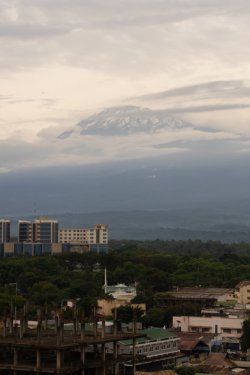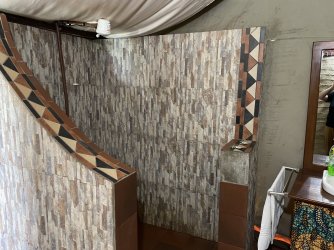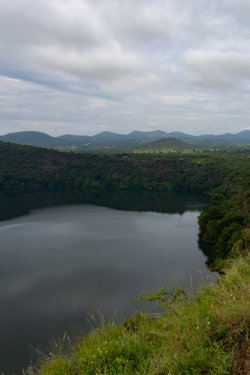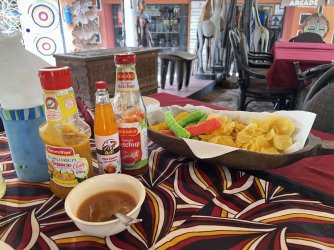As you have all no doubt worked out, I am back home and returned to the usual work commitments, slowing the pace of this trip report. But I am determined to complete it, so please stay with me if you can.
So after our two days in Arusha, we have reached the start of our safari, and the last major event of our holiday. As noted upthread we arranged our safari with Lion King Adventures. They came with excellent reviews on Tripadvisor, and were excellent in accommodating our particular requests and suggesting various options. Pick up time was arranged for 8.30am, and our guide, Gilbert, was spot on time. Lion King make a whole theme out of their name, and our vehicle was named “Nala”. Whether word of this use has reached Disney I have no idea. Over the course of our safari we would spot plenty of other Lion King vehicles, including Pumba, Scar, Timon and of course Simba. ShelleyB son was a little horrified to learn some of the names were just the Swahili word for the animal in question.

Last time we were on safari in Tanazania, Land Rover (new and used) were king. Now Toyota rules the roost, with Cruisers particularly popular. The interior is set up perfectly, with power, a cooler, and of course a roof that pops up.
Today’s destination was Tarangire National Park, known as the elephant paradise. Our drive took us through Massai country, and around the rim of Ngorongoro crater (which we’ll return to later). Not far out of Arusha we began spotting zebra and wildebeest (parks are not fenced in Tanzania) and once past Ngorongoro giraffe became common too. However, animal density was significantly higher once we entered Tarangire, with plenty of wildlife ticked off the list, including elephants of course. ShelleyB son particularly enjoyed the seatbelt free time and the opportunity to stand and look out the roof as the vehicle was in wildlife spotting mode.
Some photos from our game drive.



At the end of the game drive, we headed to our lodge where we would be staying two nights, the Maramboi Tented Lodge. This lodge was outside the park, close to Lake Manyara, and still within a wildlife protected zone. So around the lodge, plenty of the herbivores, along the paths, near the pool and snuffling by the tent. It was a fabulous place.













